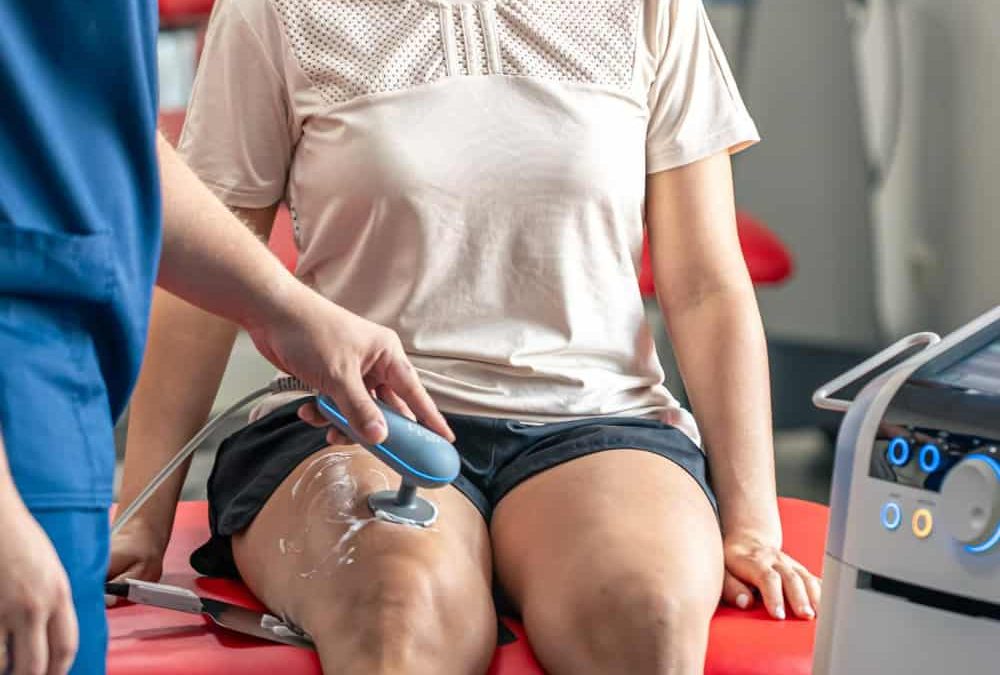Rehabilitation is a critical phase in the recovery process for anyone who has experienced an injury or undergone surgery. The aim is to restore function, reduce pain, and help individuals return to their normal activities as quickly and safely as possible. Traditionally, rehabilitation has relied heavily on physical therapy, medications, and sometimes surgery. However, recent advances in regenerative medicine, particularly stem cell therapy, are revolutionizing the way we approach rehabilitation. At Stem Cell of NJ, we are at the forefront of integrating regenerative medicine into safe and effective rehabilitation programs. This guide will explore how regenerative medicine can enhance rehabilitation and provide tips for ensuring a safe recovery process.
Understanding Regenerative Medicine
Regenerative medicine involves using the body’s own cells to repair and regenerate damaged tissues. Stem cells, which have the unique ability to differentiate into various cell types, are central to this field. These cells can be harvested from the patient’s own body, processed, and then injected into the injured area to promote healing and tissue repair.
Benefits of Regenerative Medicine in Rehabilitation
- Accelerated Healing: Stem cell therapy can significantly speed up the healing process. By promoting tissue regeneration and reducing inflammation, patients often experience faster recovery times compared to traditional rehabilitation methods.
- Reduced Pain: Regenerative treatments can help alleviate pain by repairing damaged tissues and modulating the body’s inflammatory response. This can reduce the need for pain medications, which often come with undesirable side effects.
- Improved Functionality: By repairing tissues at the cellular level, regenerative medicine can help restore function more effectively. Patients may experience improved strength, flexibility, and range of motion, allowing them to return to their normal activities more quickly.
- Reduced Risk of Reinjury: Regenerative treatments can strengthen the injured area, making it more resilient to future injuries. This is particularly important for athletes and individuals with physically demanding jobs.
Steps to Safe Rehabilitation with Regenerative Medicine
- Consult with a Specialist: The first step in any rehabilitation program should be a thorough consultation with a medical professional who specializes in regenerative medicine. At Stem Cell of NJ, our experienced team will evaluate your condition and determine if you are a suitable candidate for stem cell therapy.
- Personalized Treatment Plan: Every patient is unique, and so is their rehabilitation journey. A personalized treatment plan that includes regenerative medicine can be tailored to your specific needs and goals. This plan will outline the type of regenerative treatment you will receive, the injection sites, and the expected timeline for recovery.
- Integrate Physical Therapy: While regenerative medicine can accelerate healing, physical therapy remains a crucial component of rehabilitation. Combining stem cell therapy with a structured physical therapy program can optimize results. Physical therapy will help you regain strength, flexibility, and mobility, ensuring a more comprehensive recovery.
- Monitor Progress Closely: Regular follow-ups with your healthcare provider are essential to monitor your progress and make any necessary adjustments to your treatment plan. These check-ins will help ensure that you are responding well to the regenerative treatment and that your rehabilitation is on track.
- Adopt a Holistic Approach: Rehabilitation is not just about the injured area; it’s about the whole body. Incorporate holistic practices such as a balanced diet, adequate hydration, proper rest, and stress management techniques. These practices support overall health and can enhance the effectiveness of regenerative medicine.
- Patient Education and Involvement: Understanding your treatment and being actively involved in your rehabilitation process can significantly improve outcomes. At Stem Cell of NJ, we believe in educating our patients about the benefits and potential risks of regenerative medicine, empowering them to take an active role in their recovery.
Common Conditions Treated with Regenerative Medicine
Regenerative medicine is effective for a wide range of conditions, including:
- Joint Injuries: Stem cell therapy can help repair damaged cartilage, ligaments, and tendons in joints, reducing pain and improving function.
- Muscle Tears: Promoting the regeneration of muscle fibers, stem cell therapy can expedite the recovery from muscle injuries.
- Tendonitis: By reducing inflammation and promoting tissue repair, stem cell therapy can effectively treat chronic tendonitis.
- Spinal Injuries: Regenerative treatments can help repair damaged spinal discs and tissues, alleviating pain and improving mobility.
Conclusion
Regenerative medicine offers a promising alternative to traditional rehabilitation methods, providing faster recovery, reduced pain, and improved functionality. Stem Cell of NJ, we are dedicated to integrating cutting-edge regenerative treatments into safe and effective rehabilitation programs. By following a personalized treatment plan, integrating physical therapy, and adopting a holistic approach, patients can experience optimal recovery outcomes. If you’re considering regenerative medicine for rehabilitation, contact us today to learn more about how we can support your journey to recovery.
